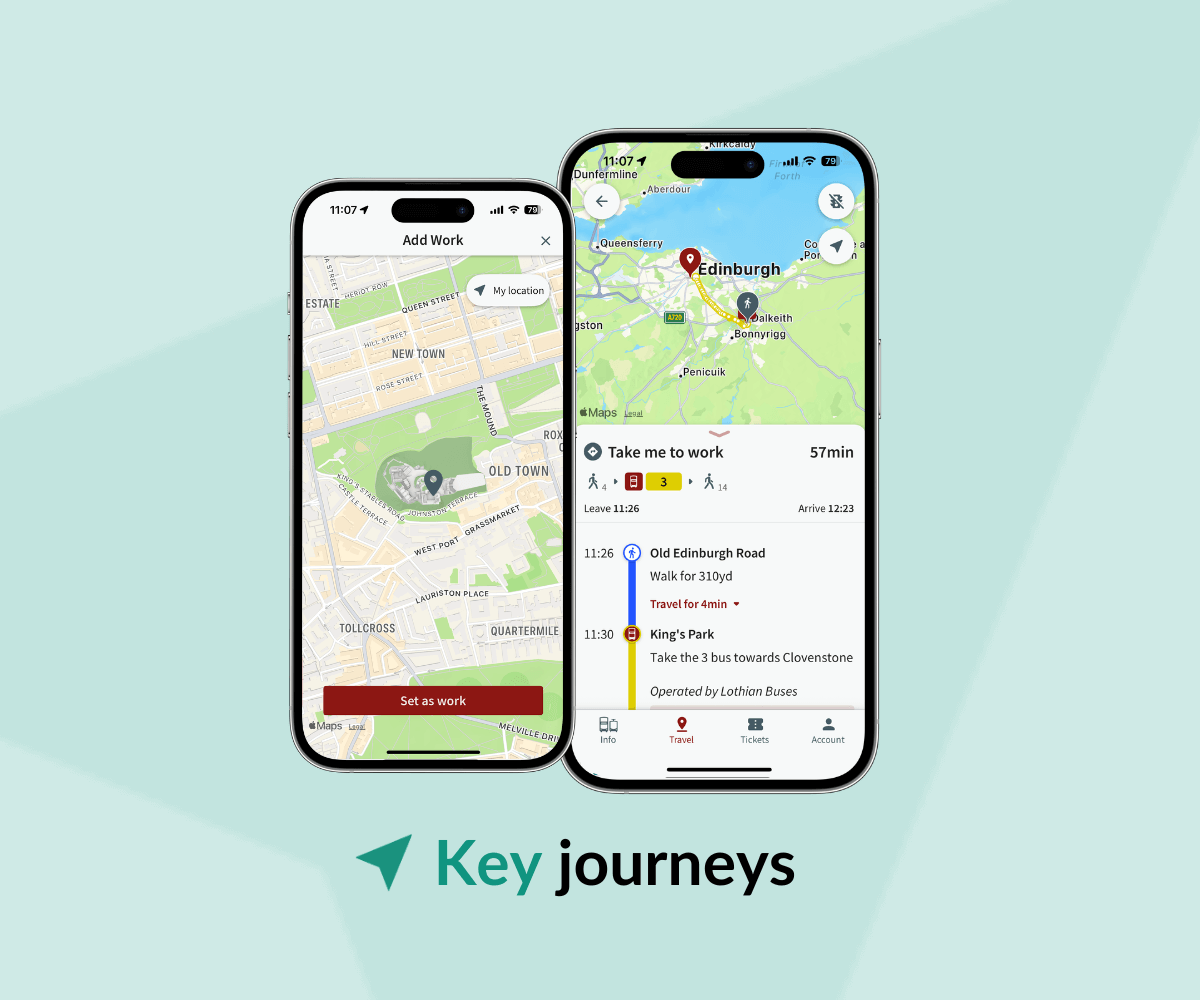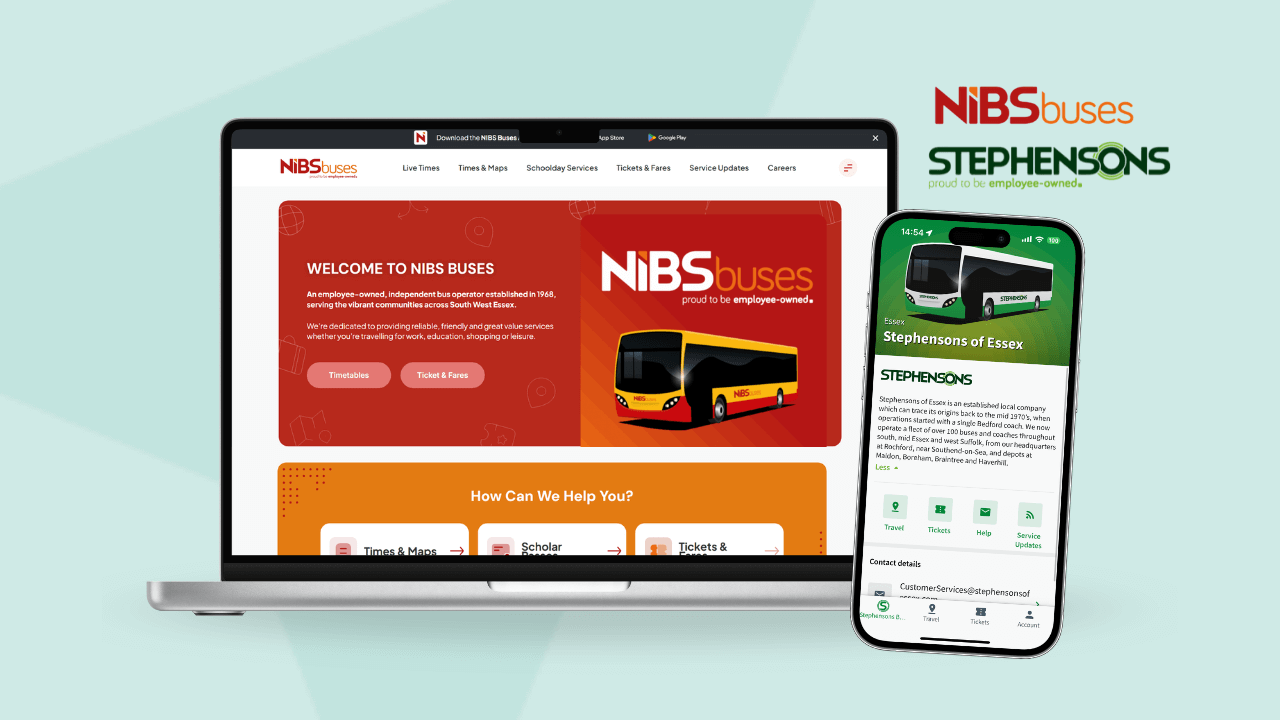7 Steps to Ensure Public Transport Survival After Coronavirus
How can public transport survive after coronavirus?
Following the latest easing of UK lockdown measures, public transport service levels are returning to 100%. But that doesn’t mean the challenge is over. With passenger confidence taking a significant hit during the pandemic, many cities and transport operators are wondering how they can encourage passengers back for good to ensure public transport survival. So how can the industry survive – and even thrive – after coronavirus? We’re taking a Bear Grylls-esque “Improvise. Adapt. Overcome.” approach…

Short term recovery: bringing passengers back
The short term priority is bringing passengers back onto public transport, so to start, both cities and transport operators need to stay passenger-focused.
1. Provide safe payment methods
Provide passengers with safe payment options to help them feel at ease, if you aren’t already. These can take the shape of mobile ticketing, contactless, or for a non-hardware alternative, something like our Hex Tag validation solution – which uses smartphone scanning technology to scan passengers on and off vehicles. There’s no single right answer. The emphasis is on “providing options” and flexibility to meet increasing passenger expectations.
2. Provider greater RTI and a guaranteed journey
Show passengers that you care about their safety by providing them with greater visibility. Provide information such as live vehicle locations, so they don’t have to hang around at crowded bus stops or stations – check out the work we did with Transport for London for more on this.
Also provide live information on predicted capacity levels, to show passengers how busy a service is likely to be when they want to travel. We worked with the UK government to innovate an ‘occupancy predictions engine’ which is now part of our platform. These measures can help make passenger journeys as seamless and worry-free as possible as we emerge from the pandemic.
3. Be financially savvy
If ticket revenue is going to be at a premium, then making every drop of it count is absolutely paramount to public transport survival. Maximise incoming revenue and encourage passengers to keep on returning by providing flexible carnet-style ticketing; this also lowers PSP fees as there’s only a single transaction. Digital coupons are well-worth embracing too: as a marketing tool and to incentivise travel habits. By providing coupon refunds, you are not only promoting repeat travel, but protecting your revenue too.
4. Don’t cut your marketing short
One of the first things to get cut is always the marketing budget. But success will only happen if you shout about it! You can have the safest, most convenient transport service in the world but that counts for absolutely nothing if nobody hears about it. Strong marketing is perhaps the most important step. We’ve worked with customers who are great at this, and we’ve worked with some who need a little more help, or sometimes don’t allocate as much to their marketing budget as perhaps they should. Communicate with your passengers, and reassure them that you are investing to help them take seamless and safe journeys.

Long term recovery: making transport more efficient
So if that’s the short term path to giving passengers the confidence to get back onto public transport. How does that differ to the longer term approach? Ensuring the long term viability of public transport is going to be about far more than increasing passenger numbers. It needs to be about efficiency. Here’s how we think you can deliver that…
5. Achieve wider ambitions
Assess what the wider ambitions of your organisation are – don’t just get caught up on ticketing and payments. As budgets are slashed and emissions targets are increased, the days of empty buses trundling around are numbered, and long term ambitions need to reflect this evolution as it nears ever-closer.
The industry has to stop seeing ticketing simply as a means of making payment convenient and speeding up boarding times. Instead a more holistic approach is needed, and attention needs to be paid towards how integrating ticketing into the wider data ecosystem can make transport more efficient and convenient.
6. Take back control of data
There is so much useful data out there to help us plan a next-generation, efficient transport service. The industry has all the jigsaw pieces needed to solve the puzzle, but they’re scattered between a number of different stakeholders and not everyone is sharing them. On the supply side, data is held on fleet sizes, locations and capacities. On the demand side, planning, payments and commutes. But this data isn’t being shared, and it’s hampering public transport survival.
Cities need to reconnect with their citizens, and to do that they need to take back control of their data. From there, they can spot patterns, inform operations and incentivise passengers in the long-term.
7. Move towards open collaboration and DRT
Another barrier to progress tends to be the data hoarders; the idea that each stakeholder won’t share that data because it could give them a competitive advantage. Most data is not commercially sensitive; it can be anonymised for the good of everybody. And if stakeholders insist on keeping it to themselves, this could be one of the most dramatic own goals in the history of transport. Mobility is a team sport. Both operators and cities need to work as one in order for the sector to evolve. And it’s one of the key foundations of being able to deliver OnDemand transport or DRT.
To recap:
To ensure the survival of public transport, the industry needs to:
- Improve discoverability
- Massively improve efficiencies
- Drive down costs
- Take an integrated approach
- Put data right at the centre
At UrbanThings, we have built a central mobility as a service (MaaS) platform that allows stakeholders to share and unlock new levels of insight into a transport network. Please do get in touch to find out more.

